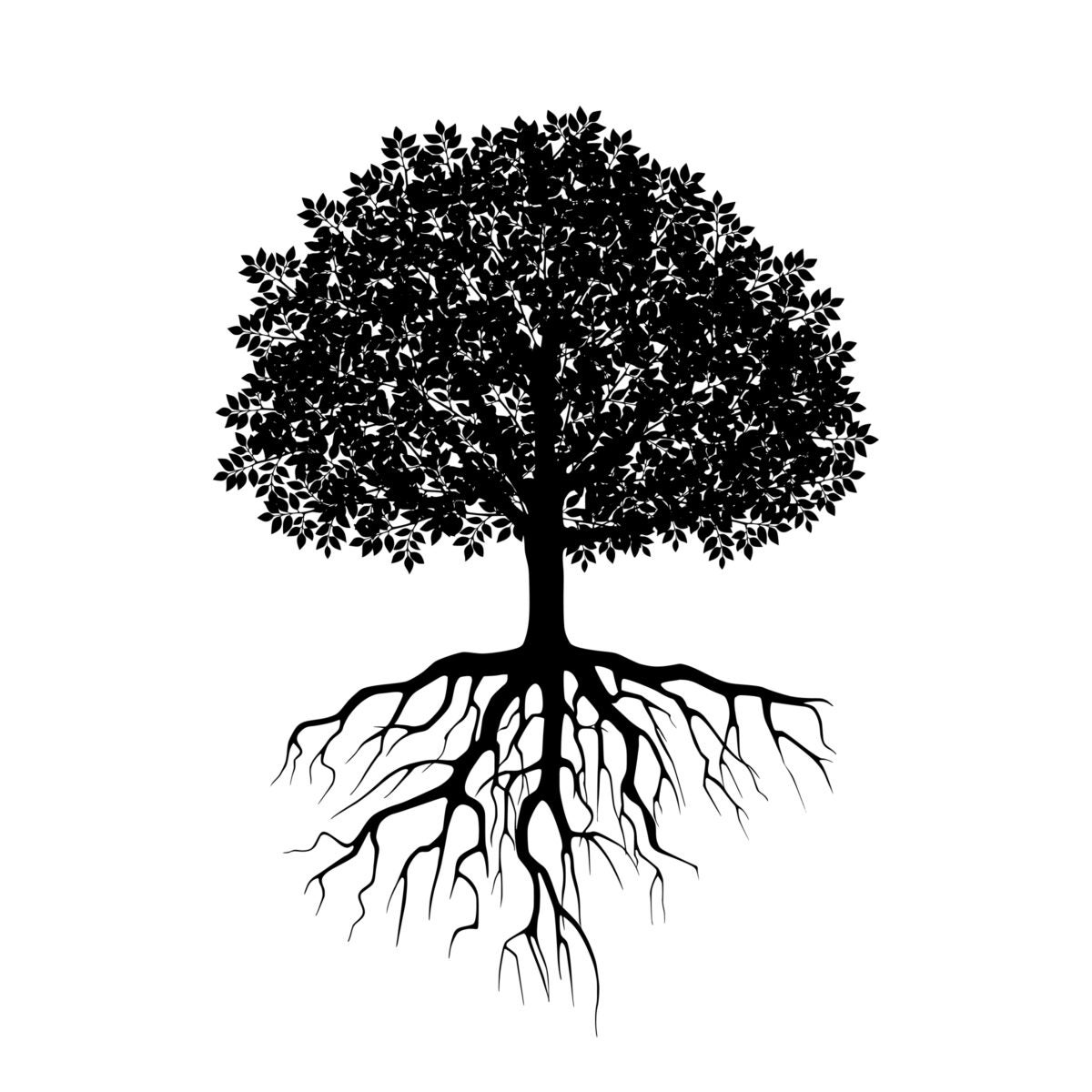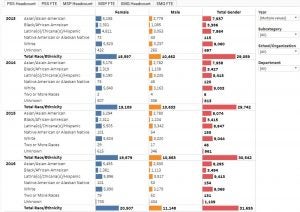As a leading public university and a land grant institution, UCLA’s future is connected to its past. We acknowledge the Gabrielino/Tongva peoples as the traditional land caretakers of Tovaangar (Los Angeles basin, So. Channel Islands) and pay our respect to Honuukvetam (Ancestors), ‘Ahiihirom (Elders) and ‘Eyoohiinkem (our relatives/relations) past, present and emerging. We celebrate our current and future respectful engagement with the Gabrielino/Tongva peoples.
The resources in this public toolkit were compiled to orient and inform students, faculty, and staff regarding Native American and Indigenous communities. From on-campus centers to online resources, this toolkit highlights a variety of opportunities for Native American and Indigenous Bruins to engage, learn, and thrive. Promoting equity, diversity, and inclusion is everyone’s work. Welcome to a toolkit designed to support our Native American and Indigenous community!
Who Are the Native/Indigenous Peoples of Los Angeles?
UCLA sits on the land of the Gabrielino/Tongva, the original caretakers of the Los Angeles Basin. The Fernandeño Tataviam are also close in proximity to UCLA, with their ancestral villages located in the San Fernando, Santa Clarita, eastern Simi and Antelope Valleys. The Chumash and Ajachamen are part of the LA County area as well, to the north and south of UCLA respectively. At UCLA, we recognize all original peoples of the Los Angeles area and to the north, east, south and west whose lands are connected to where we now learn, work, and live.
Before the U.S. was established, Native American and Indigenous communities existed throughout the land now recognized as the United States. The myriad tribal nations and communities of the North America of today maintain a rich diversity of culture, tradition, and care despite generations of European violence. This important history and the continued harms that threaten Native American and Indigenous communities (e.g., Missing Murdered and Indigenous Women, Girls, and Two-Spirit People ) remind us of the power of unity and proactive advocacy.
From the point of European contact until present day, many additional Indigenous peoples–including American Indians from across the United States, Pacific Islanders, and Indigenous peoples from Latin America, among others—have come to call Los Angeles their home. In the 1950’s and 60’s, the Bureau of Indian Affairs (BIA) instituted the termination and relocation programs that caused many American Indians to migrate to Los Angeles. Others came for economic reasons or to flee conflict in their home countries. In the U.S., there are over 562 federally recognized and unrecognized tribal nations. Within California, there are 109 federally recognized tribal nations, with an additional 78 groups pending recognition. Los Angeles currently has the largest population of Native American and Indigenous peoples of any other city in the U.S. This includes more than 20 distinct Native Hawaiian and Pacific Islander (NHPI) groups who comprise some of the fastest-growing communities in California. Additionally, Los Angeles is a transnational hub for the Indigenous Mexican and Guatemalan diaspora who represent a multitude of ethnicities, communities, and languages. To learn more about the Indigenous peoples of Los Angeles County, refer to the Mapping Indigenous LA website created by UCLA professors and researchers.
Resources
-
-
-
-
-
-
-
-
-
-
-
-
-
-
UCLA AIS Native American Heritage Month Speakers
-
-
-
-
-
-
-






